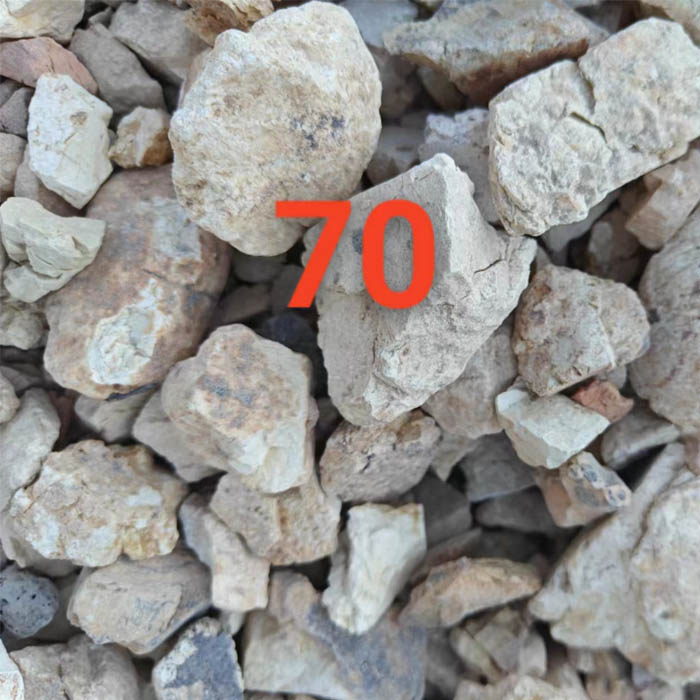Dec . 03, 2024 23:37 Back to list
Exploring the Unique Benefits of Specialty Vermiculite in China’s Market
The Role of Specialty Vermiculite in Various Industries
Vermiculite is a naturally occurring mineral that has gained prominence in various industries due to its unique properties. When heated, vermiculite expands into lightweight, fire-resistant, and absorbent particles, making it an essential material in construction, horticulture, and many other fields. In China, the production and application of specialty vermiculite are crucial for meeting both domestic and international demands.
Properties of Specialty Vermiculite
Specialty vermiculite has several remarkable characteristics that make it valuable across multiple sectors. First and foremost, its lightweight nature allows it to be used in construction materials without adding excessive weight. This feature is particularly beneficial in the production of insulation boards, plaster, and lightweight aggregates for concrete. Vermiculite is also non-combustible, providing excellent fire resistance, which is a significant advantage in building applications, ensuring higher safety standards.
Furthermore, vermiculite is chemically inert and has good thermal and acoustic insulation properties. Its ability to absorb water and nutrients makes it an excellent choice for soil amendment in horticulture. The expanded form of vermiculite retains moisture while allowing proper aeration, which is vital for healthy plant growth. Its use in gardening and landscaping not only improves soil structure but also enhances nutrient availability to plants.
Applications in Construction
In the construction industry, specialty vermiculite is primarily used in fireproofing and insulation products. Its application in wall systems, attics, and ceilings helps maintain energy efficiency while providing fire protection. Vermiculite can be mixed with other materials to create lightweight concrete, which is becoming increasingly popular in modern architectural designs. The versatility and performance of vermiculite ensure that structures maintain their integrity and safety over time.
Additionally, vermiculite is used in the production of soundproofing materials, reducing noise pollution in urban environments. Its ability to absorb sound waves makes it a preferred choice for commercial buildings, theaters, and residential properties looking to enhance their acoustic comfort.
china specialty vermiculite

Horticultural Applications
In horticulture, the use of specialty vermiculite has revolutionized the way gardeners and agriculturalists approach planting and cultivation. It serves as an excellent growing medium in potting mixes due to its ability to retain moisture while allowing air to reach plant roots. This balance is crucial for healthy plant growth, particularly in container gardens.
Moreover, vermiculite's capacity to retain nutrients means that it can enhance the overall fertility of soil mixes. It can be mixed with other substrates, such as peat moss and perlite, to create optimal growing conditions for a wide variety of plants, from houseplants to vegetables. Its sterilizable nature makes it suitable for use in hydroponic systems, providing an alternative to traditional soil gardening.
Environmental Benefits
The mining and processing of vermiculite also offer environmental benefits when managed sustainably. As a naturally occurring mineral, vermiculite is abundant and can be extracted without causing significant environmental degradation. Additionally, its lightweight properties contribute to reduced transportation emissions when compared to heavier building materials.
Conclusion
In conclusion, specialty vermiculite represents a vital resource in several industries, particularly in construction and horticulture. Its unique properties provide significant advantages, including fire resistance, lightweight characteristics, and excellent insulation capabilities. As China continues to innovate and expand its vermiculite production, the applications of this remarkable mineral are set to grow, promoting sustainability and efficiency in multiple sectors. With the increasing emphasis on safety and environmental impact, specialty vermiculite may very well prove to be one of the key materials for the future.
-
Eco-Friendly Granule Covering Agent | Dust & Caking Control
NewsAug.06,2025
-
Fe-C Composite Pellets for BOF: High-Efficiency & Cost-Saving
NewsAug.05,2025
-
Premium Tundish Covering Agents Exporters | High Purity
NewsAug.04,2025
-
Fe-C Composite Pellets for BOF | Efficient & Economical
NewsAug.03,2025
-
Top Tundish Covering Agent Exporters | Premium Quality Solutions
NewsAug.02,2025
-
First Bauxite Exporters | AI-Optimized Supply
NewsAug.01,2025
